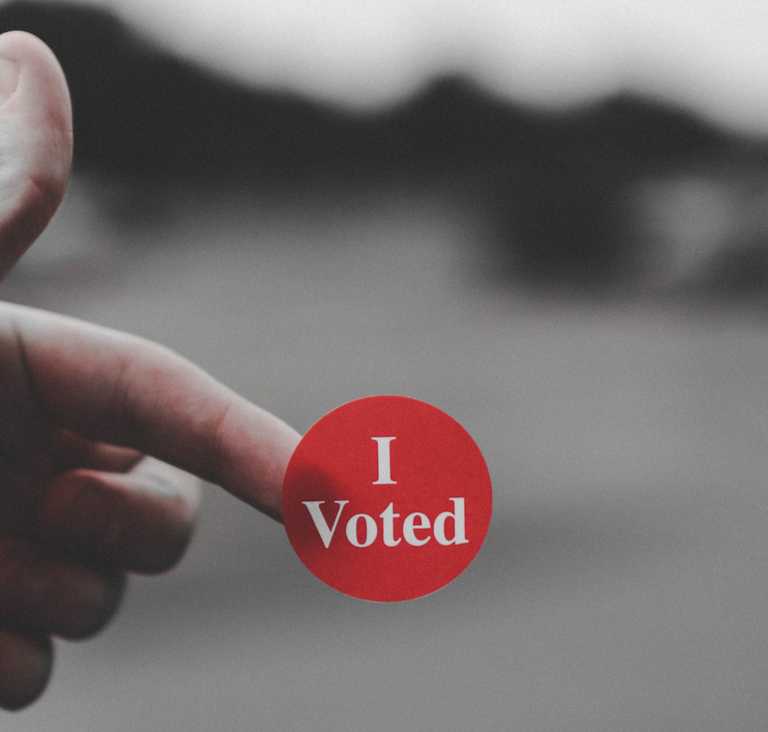Everything You Need to Know about Dot Voting Estimation Technique
Dot Voting estimation technique is an easy and quick way of prioritizing items using dots without going into deep discussions. Find out all the details about Dot Voting in this article.

Estimation is the core part of the Scrum framework that helps teams to prioritize tasks and estimate the required efforts. Scrum teams mostly do estimates at two stages. The first stage is estimating the product backlog, while the second stage is during sprint planning. There are different estimation techniques available today that help Scrum teams easily do the estimates. So, Scrum teams pick the estimation technique that suits their business model and proceed with the estimates. One such popular estimation technique is the "Dot Voting Estimation Technique". So, this article will explore all the details about the Dot Voting estimation technique, including the steps, benefits, downsides, and similar other details. So, let's get started!
What is Dot Voting Estimation Technique?
Dot Voting, also called dotmocracy and sticker voting, is an easy and quick way to prioritize items. In Dot Voting, the team members are given a small number of dots mostly stickers that they use to reflect the size and prioritization of the item. For example, the item with the most dots will reflect that either its size is large or it requires higher priority. Overall, Dot Voting is a straightforward and simple way to estimate and prioritize items with ease.
Steps of Dot Voting Estimation Technique
Dot Voting estimation technique suits well when there is a small team who quickly wants to estimate and prioritize a small set of items. Following are the main steps of the Dot Voting estimation technique:
- The product owner or scrum master arranges an estimation session and team members join it.
- The product owner has written user stories on small cards beforehand, so he now places them on the wall or the table.
- Every team member is given a few dots (stickers). The number of dots that every member gets should be roughly 25% of the total items. So, if there are 16 items, then every member should get 4 dots.
- The product owner or scrum master should brief the team about the voting purpose in order to make them clear what this voting session expects from them.
- When the voting begins, every team puts the dots on the stories that they think are large in size or need prioritization.
- Every member will keep placing the dots until all dots are utilized.
- Once all members have used their dots, the stories with the most dots are considered high priority. So, the product owner arranges the stories from higher to lower order based on the number of dots they received.
Teams can do dot voting twice, first to decide which stories are bigger in size and the second time to prioritize the stories. In some cases, it becomes challenging to order the stories or the stakeholders are unhappy with the order. In this type of scenario, the user stories can be divided into three groups by discussion, i.e., high priority, medium priority, and low priority. Afterward, the team can gradually prioritize stories within those groups by selecting one group at a time. This way, a better-prioritized order can be achieved.
Benefits of Dot Voting Estimation Technique
Dot Voting estimation technique has become popular in Scrum teams owing to its simple approach to estimation. Some of the key benefits of the Dot Voting estimation technique are as follows:
- It gives every team member a chance to contribute to the estimation session.
- It makes all team members on board with the estimates.
- It reduces the HIPPO impact, i.e., the highest-paid person's opinion gets the most importance).
- It elevates the decision-making process and completes the session in the minimal time possible.
- It helps the team to use collective wisdom to prioritize the key focus items without spending time in discussions.
- It suits new Scrum teams who are not experienced with other complex estimation techniques and want to taste the estimation experience with minimal effort.
In short, Dot Voting is a quick way of prioritizing user stories in a collaborative way.
Downsides with Dot Voting Estimation Technique
Dot Voting isn't the perfect estimation technique and does have some downsides. The key ones are as follows:
- It one team member expresses his/her opinion loudly, then other members might unintentionally follow his/her choice.
- If senior members vote at the beginning, then the newbies might follow their choices without much of thinking.
- Members have to quickly read the stories and place dots. Some might don't understand the story or need more explanation. Failing to get that help results in inaccurate estimates.
- The voting might end up providing even votes to two or more stories.
- It suits only small teams and a small list of items.
- It provides better results if the user stories are of similar complexity. If stories have varying difficulty levels and require effort, then estimates will be less accurate.
- Doing both sizing the stories and prioritizing the stories in one Dot Voting estimation session is difficult.
In short, Dot Voting does assist with estimating user stories, but it does not fit well when there are a large number of stories to estimate, and the complexity of stories demands more deep discussions.
Key Tips for Effective Dot Voting
To extract all the essence of Dot Voting estimation, here are some key tips to follow:
- Make sure that the voting is done quietly.
- Give every member only a few dots.
- Ensure that senior members vote at the end.
- Give members the time to read and understand stories.
- Do separate voting rounds for both sizing the user stories and prioritizing the user stories.
Alternative to the Dot Voting Estimation Technique
Dot Voting is often considered a decision-making tool, not an Agile estimation technique, because of its different and unique approach to estimating items. The main difference is the lack of team discussion around user stories that help them better understand the story. However, Dot Voting just encourages quick prioritization of user stories. Therefore, it does not fit well in most estimation cases, especially when there are more stories to estimate and require thorough discussion before estimating them.
The best alternative to Dot Voting that offers more accurate estimates with better mutual understanding of user stories is the Planning Poker estimation technique. Planning Poker is the most popular estimation technique among Scrum teams because of its consensus-based estimates.
Planning Poker is a relative estimation technique that uses poker cards to estimate and size user stories. Below are the steps how teams carry out estimation with the Planning Poker estimation technique:
- Team members join the estimation session and get poker cards having the numbering of the modified Fibonacci sequence (0, 1, 2, 3, 5, 8, 13, and 21).
- The product owner narrates the story to the team.
- Members begin the discussion around the story and cover all the elements, such as the implementation approach, possible hurdles, etc.
- Once everyone's doubts are clarified, members pick the poker card that best reflects the story's size.
- Members show their poker cards all at once.
- If everyone has picked the same card, then that is declared the team's estimate. However, if there are differences, the members who gave the highest and lowest values are given a chance to present their narratives. Afterward, the team re-estimates to reach a consensus.
- The team follows the above steps until all the user stories are estimated.
This way, Planning Poker encourages collaborative, mutually understood, and consensus-based estimates that are more accurate. This technique is even popular in remote or distributed teams, as they use the modified Planning Poker technique, i.e., Async Poker, which allows teams to give estimates on user stories using poker cards remotely. Overall, Planning Poker is a much more efficient and effective way of estimating user stories than the Dot Voting technique.
Wrapping Up
Estimation help Scrum teams to have a clear understanding of what they are doing to do next and what are the outcomes of their efforts. Therefore, estimation should be a part of every team's operation. Dot Voting estimation technique is a quick and effective way of prioritizing items without going into deep details. The above-detailed discussion on the Dot Voting technique can help you decide if this technique suits your business model. Alternatively, you can try out Planning Poker or Async Poker, which offers more accurate estimates.


